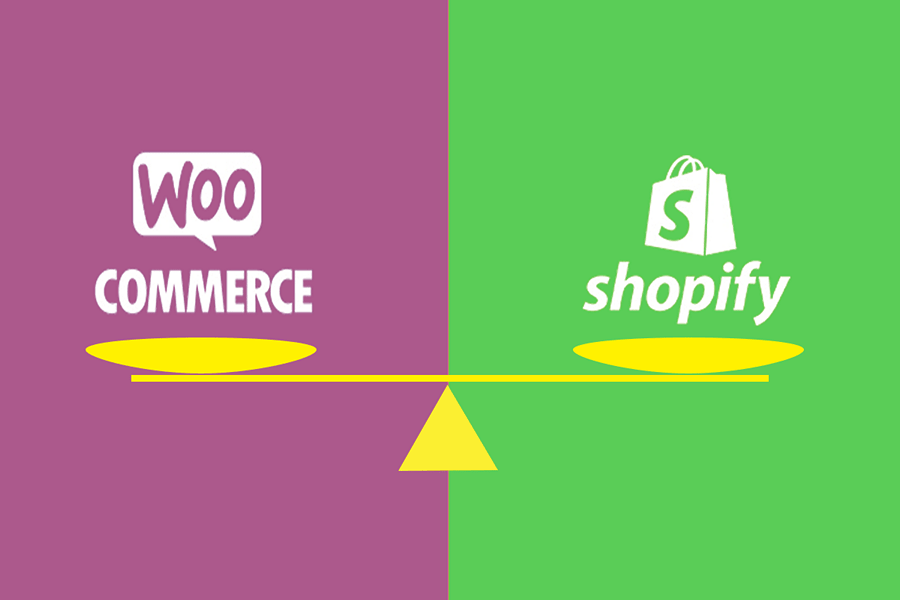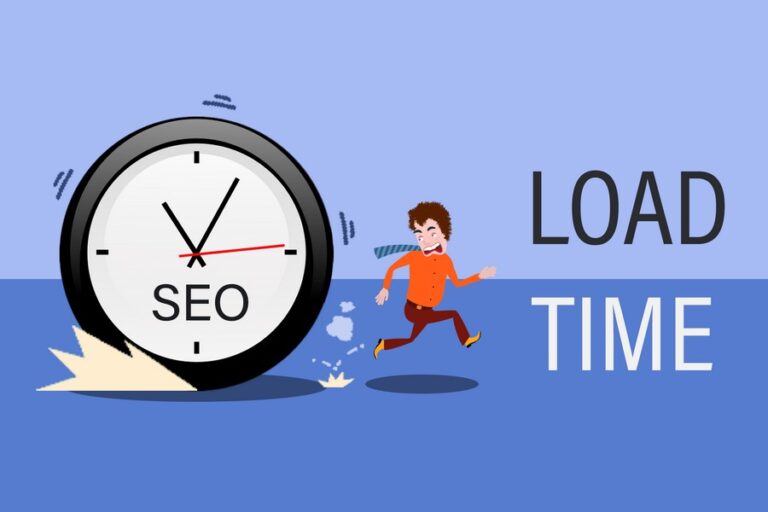WooCommerce vs. Shopify
Due to the pandemic, the global economy and work patterns have been forced into a comprehensive shift towards the internet. Online opportunities have erupted like a volcano, with various B2B, B2C, and C2C network operations offering convenient and rapid financial and logistical systems. These advancements greatly reduce the time spent on external errands while facilitating swift transactions, prompting more people to venture into online entrepreneurship. Are you, like many aspiring to seize online opportunities, struggling to decide between Woocommerce and Shopify? This article will provide the pros and cons of these two most popular e-commerce platforms to assist you in making a decision.
Overall Overview
Woocommerce is an open-source WordPress plugin that offers extensive flexibility and control. This means you can fully create and manage your website, allowing you to freely modify your store and code. Generally, Woocommerce is highly favored because it is free and user-friendly, making it accessible even to non-developers.
Shopify takes a different approach. It is an e-commerce platform provided and managed by a platform company. This means that Shopify manages the servers, and you cannot see or modify the code. Consequently, you can only modify your store within the tools provided by Shopify. Now, let's dive into the advantages and disadvantages of these two platforms!
How easy is it to start a store?
With Woocommerce, having more features and control means there are more steps in the website creation process. However, it is still user-friendly for non-developers. The steps include:
- Find a hosting company.
- Purchase a domain.
- Install WordPress.
- Search for a WordPress theme.
- Install and configure Woocommerce.
- Set up all other required website features (payment gateways, tax calculations, etc.).
Since Shopify manages many aspects for you, the process is simpler. The steps include:
- Create a Shopify account.
- Purchase a domain.
- Choose a theme.
- Install required apps.
In short: More control means more work.
More control means more work.
What are the features offered?
WooCommerce offers various ways to control your online store through themes, over 50,000 plugins (plugins are WordPress extensions that add additional functionalities to your website), and your own custom-developed code that can be implemented in any part of the website.
With Shopify, you can customize your store using themes and over 5,000 apps (apps are similar to WordPress plugins). You can only add custom-developed HTML code to the homepage.
What payment systems are available?
Both WooCommerce and Shopify offer a range of payment systems, and you may not notice any difference. They each have their built-in payment solutions, but if you decide to use a third-party payment gateway, Shopify will charge a commission for each transaction, whereas in this case, WooCommerce is entirely free.
How to maintain the website?
Since WooCommerce provides full control, users are responsible for website maintenance and security. Shopify handles these issues, and all you need to do is check if your apps are working properly. Both WooCommerce and Shopify have large communities, making it easy to find support if needed.
Who is in control of the website?
This is a peculiar question, isn't it? But as you'll see, it must be asked.
When using WooCommerce, you are in charge of everything; you're the boss. Shopify owns your account and its data. If they believe their terms of service are not respected (for example, if products sold are categorized as "fake medicine," resulting in non-compliance with the terms), they have the right to close your account. So, Shopify is the ultimate boss of your website.
When using WooCommerce, you are the boss.
Which one is more cost-effective?
WordPress is free open-source software, allowing you to build a complete website without spending a dime, except for domain and hosting server fees. In many cases, you may need to purchase premium themes and plugins, but the final price varies based on your needs. It could range from a few dollars to a few hundred dollars. One advantage is that premium themes and plugins typically offer one-time payments (lifetime licenses).
Shopify is not free; it is a platform with monthly payments. The price ranges from $30/month for the basic plan to $300/month for advanced features. Additionally, many apps require additional monthly payments. Therefore, in the long run, the total cost of Shopify could be much higher than using WooCommerce.
Woocommerce and Shopify: Which one to choose?
There is no single answer to this question. It mainly depends on your needs and your budget!
Woocommerce 的最大優勢是它的靈活性和控制力。使用此工具可以無限度地實現你的目標。如果你決定自己動手建立一個網站,它通常很便宜,但需要時間來建立、維護和客製。您可以在我們的工作結果頁面中看到一些E-commerce Websites 的案例。
The biggest advantage of WooCommerce is its flexibility and control. Using this tool allows you to achieve your goals limitlessly. If you decide to build a website on your own, it is usually cheaper, but it requires time for building, maintaining, and customizing. You can see some examples of E-commerce Websites on our portfolio page.
如果您要更初學者的方法並且正在尋找一種簡單的方法來建立和維護電子商務商店,Shopify 可能適合您。它會幫助您節省許多時間,但它不會幫助您省錢,因為每月的價格相當高。還有更重要的一點:網站終究不是自己的。如果想要將網站搬家到 WordPress,創建自己的風格及擁有屬於自己的網站,觀迎了解部落格搬家怎麼做。
If you are looking for a beginner-friendly approach and a simple way to build and maintain an e-commerce store, Shopify may be suitable for you. It will help you save a lot of time, but it won’t help you save money, as the monthly price is relatively high. There is also a more critical point: the website ultimately does not belong to you. If you want to move your website to WordPress, create your style, and have a website that truly belongs to you, you are welcome to learn how to migrate your blog.








Great!這篇文章挺有用的,現在我大概了解要怎麼選擇了。